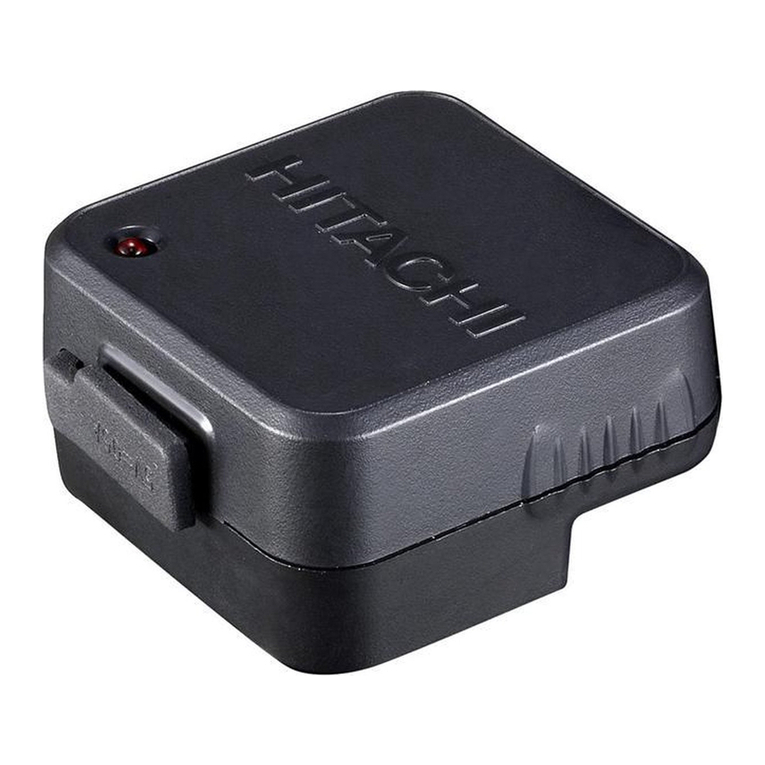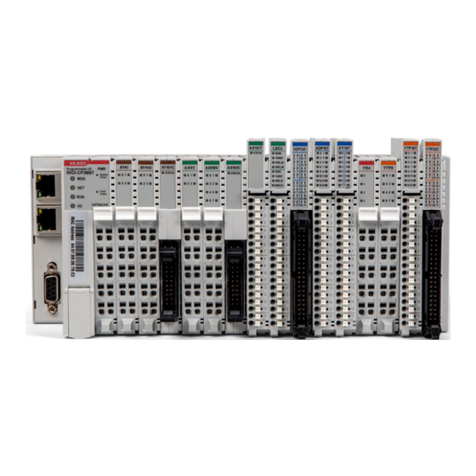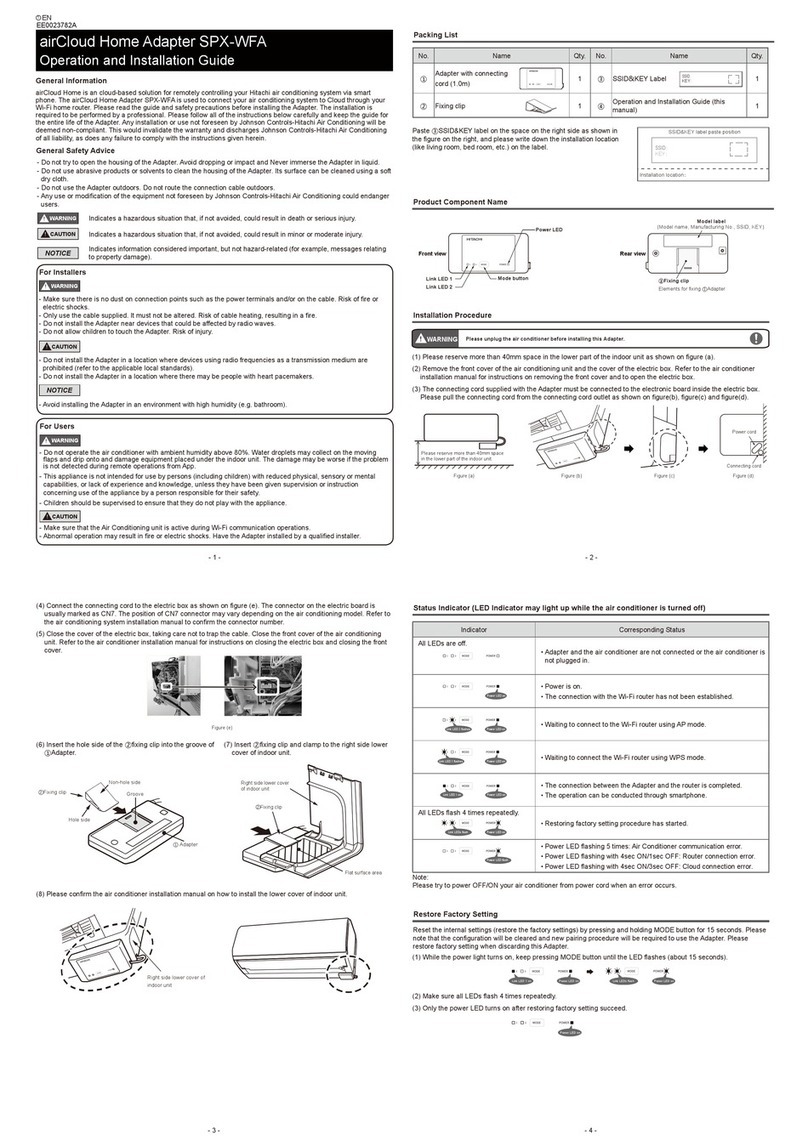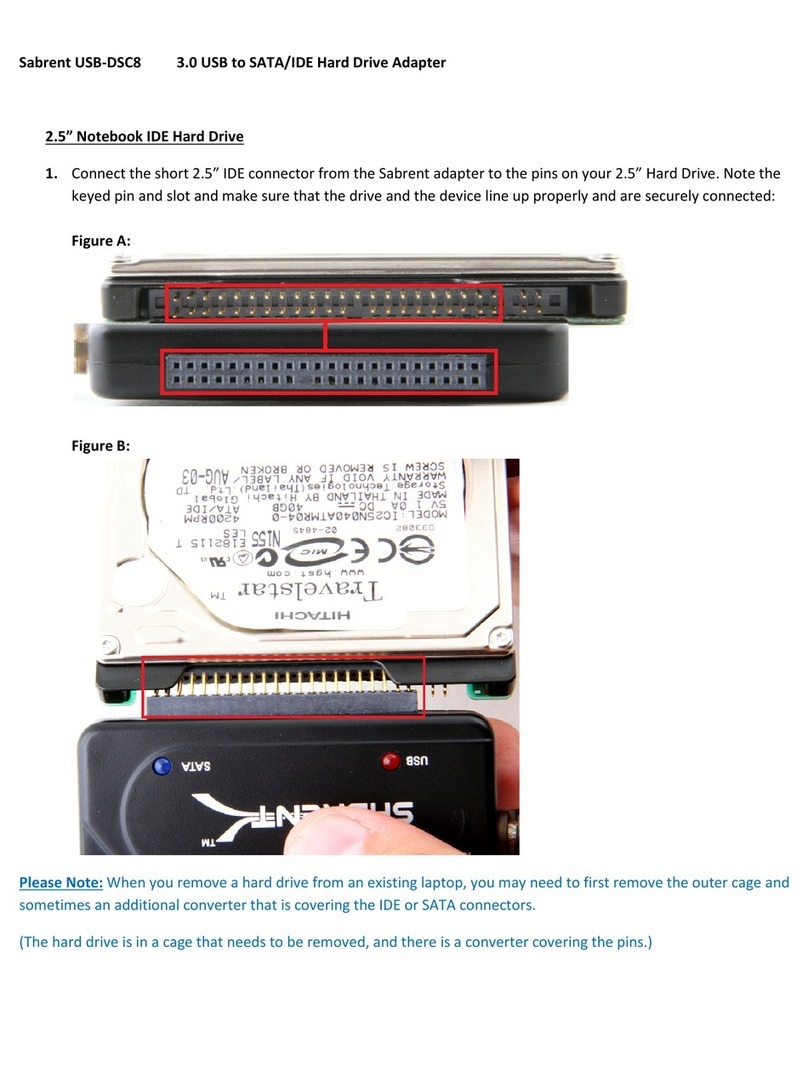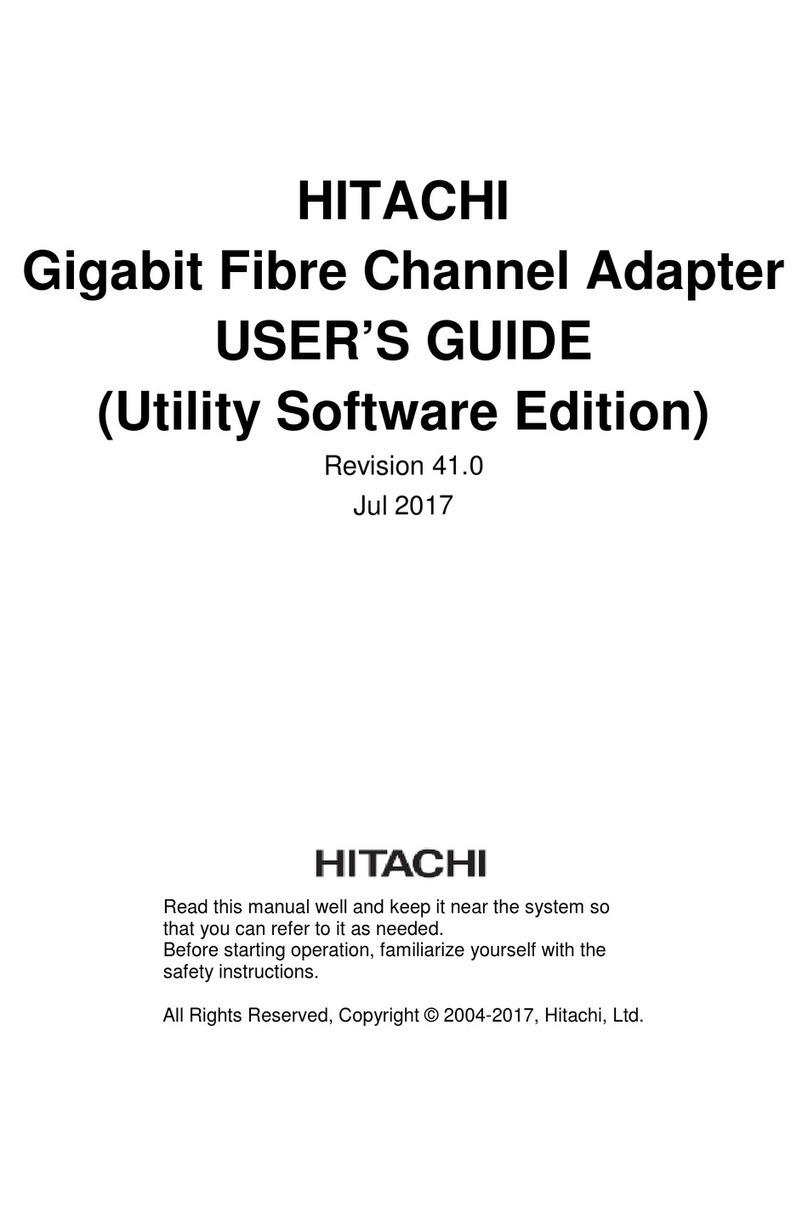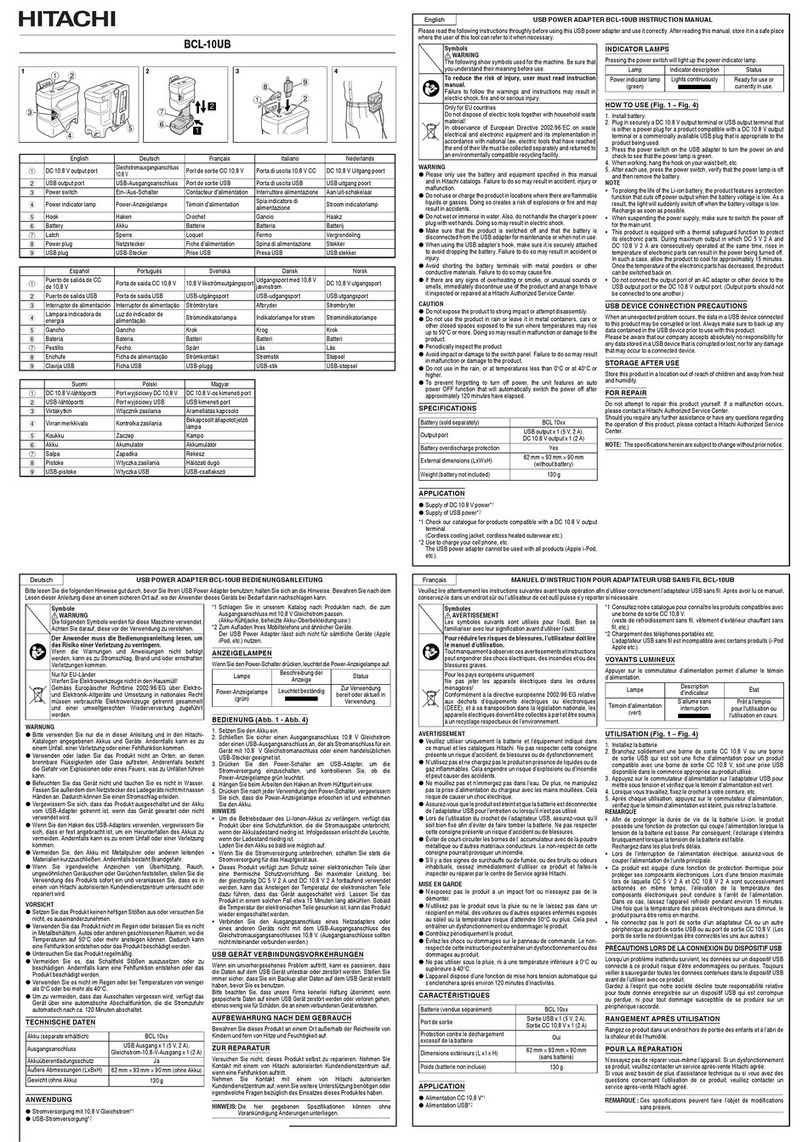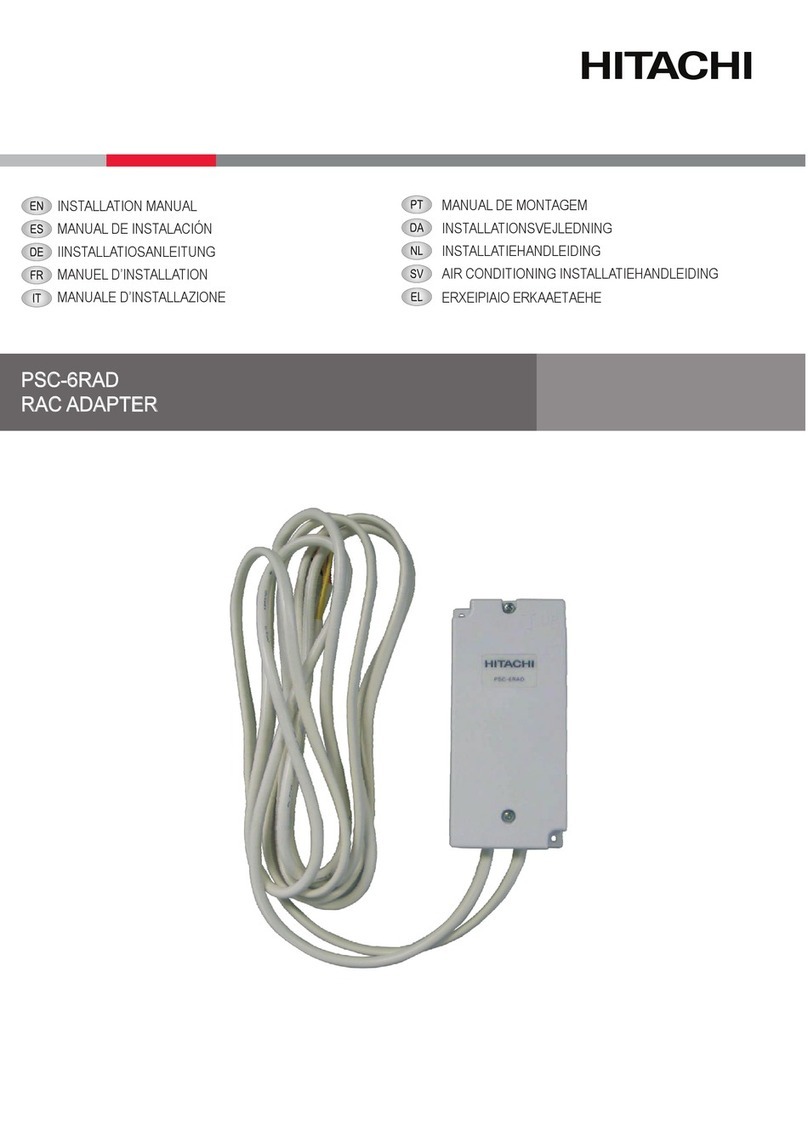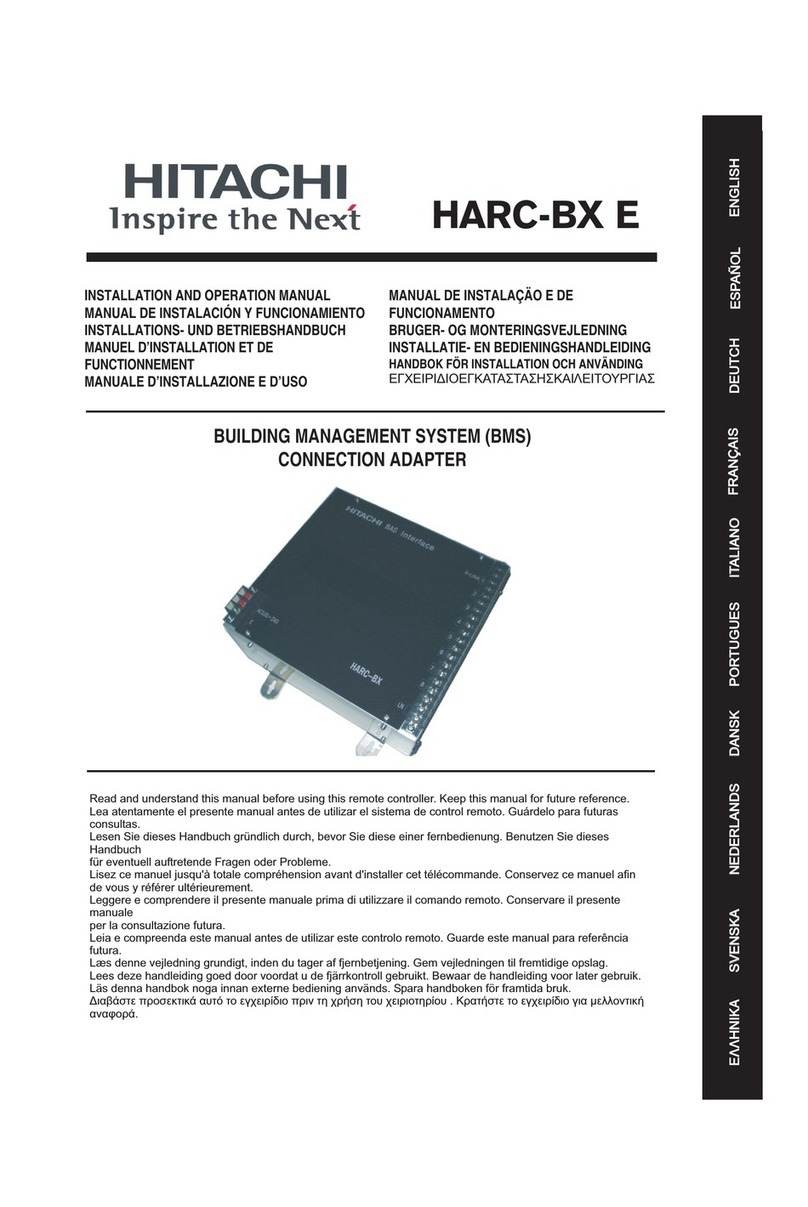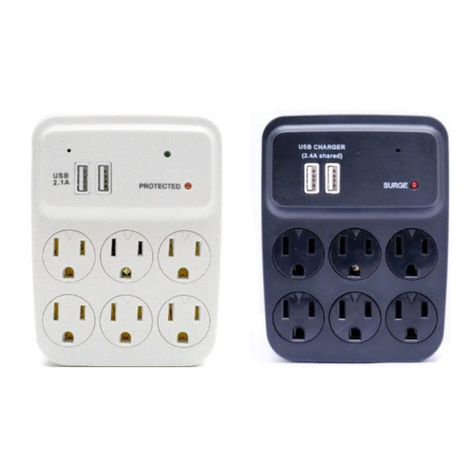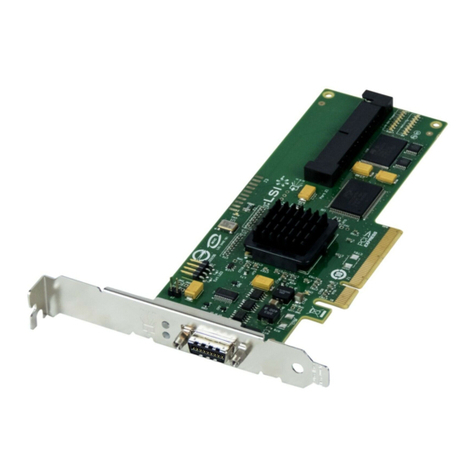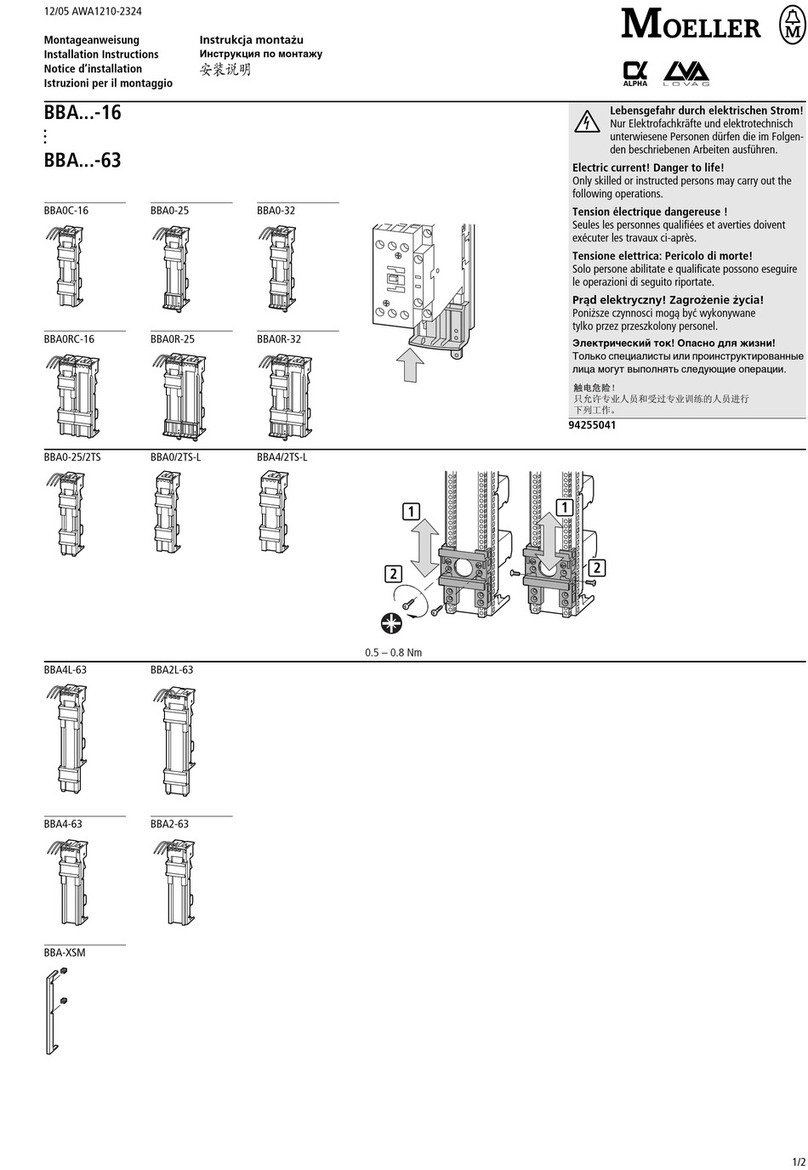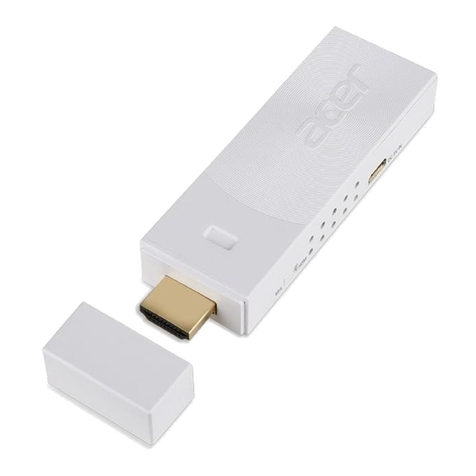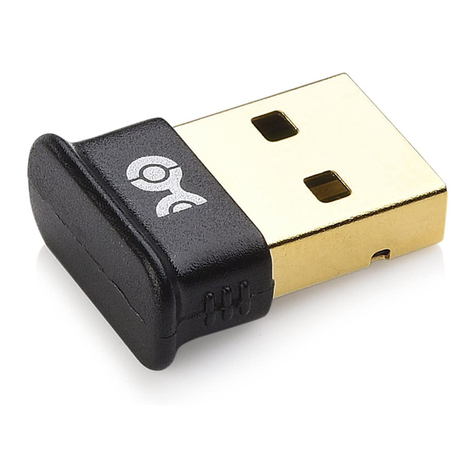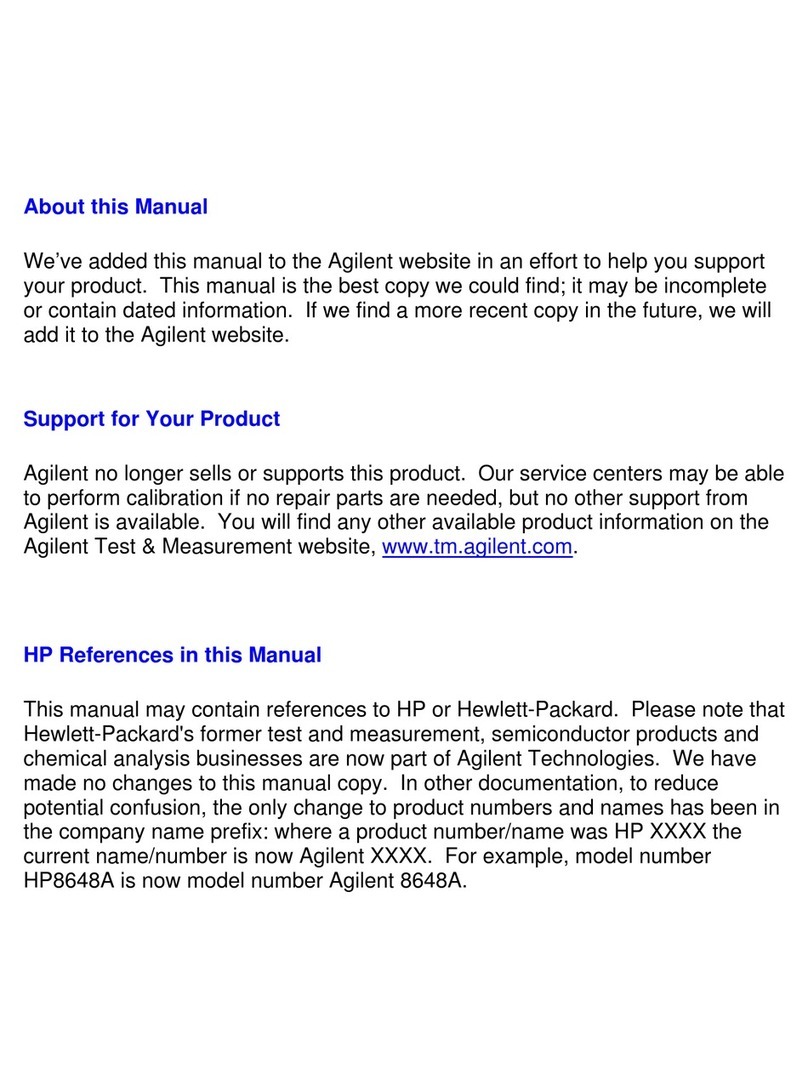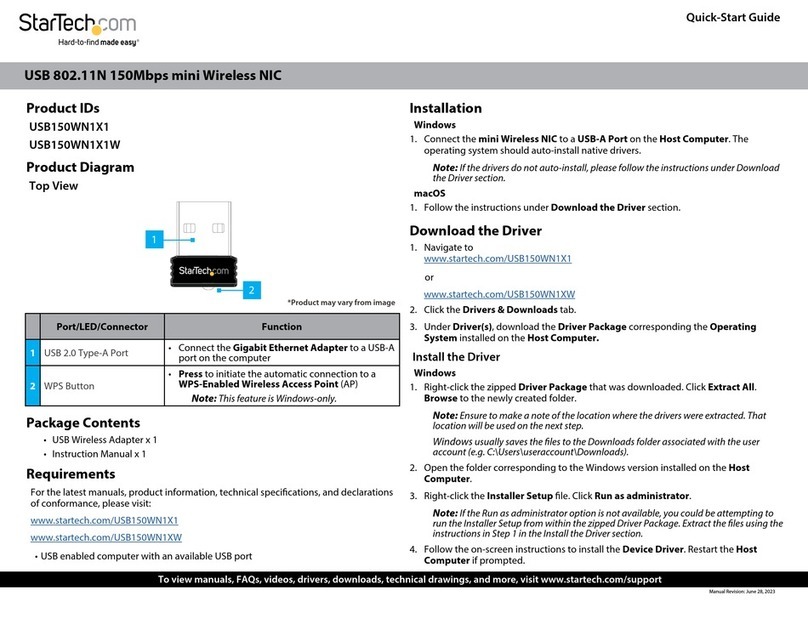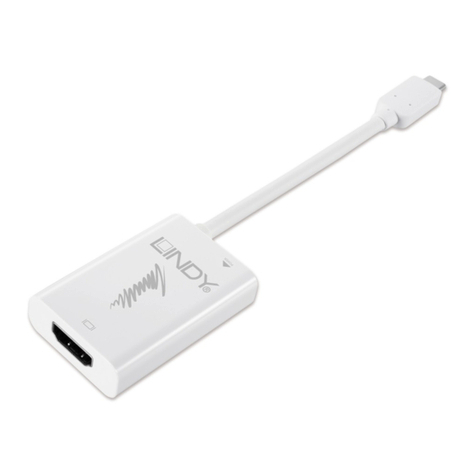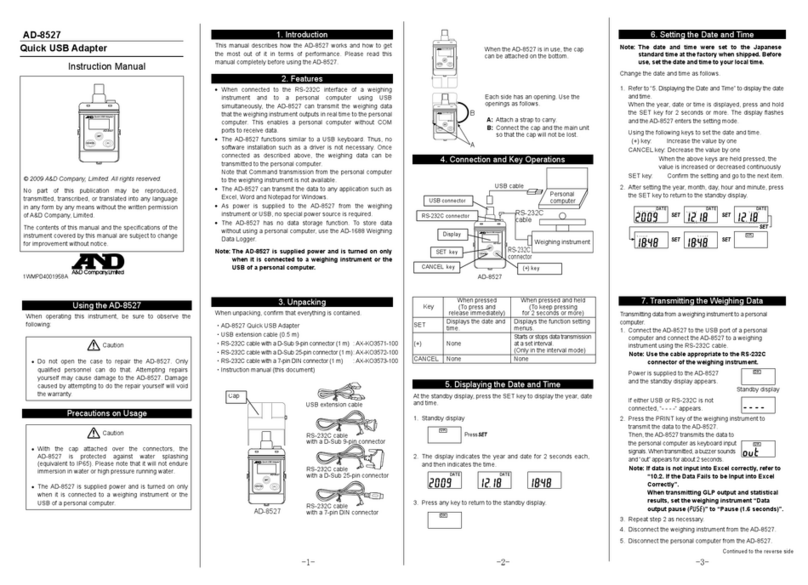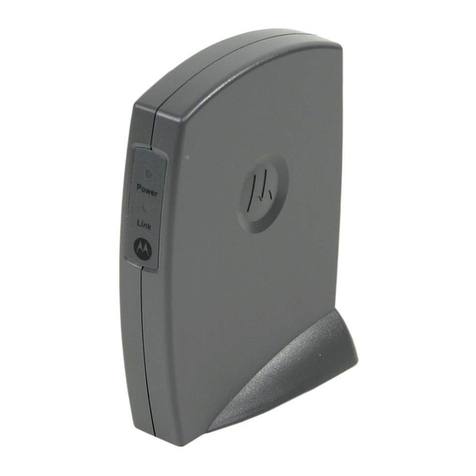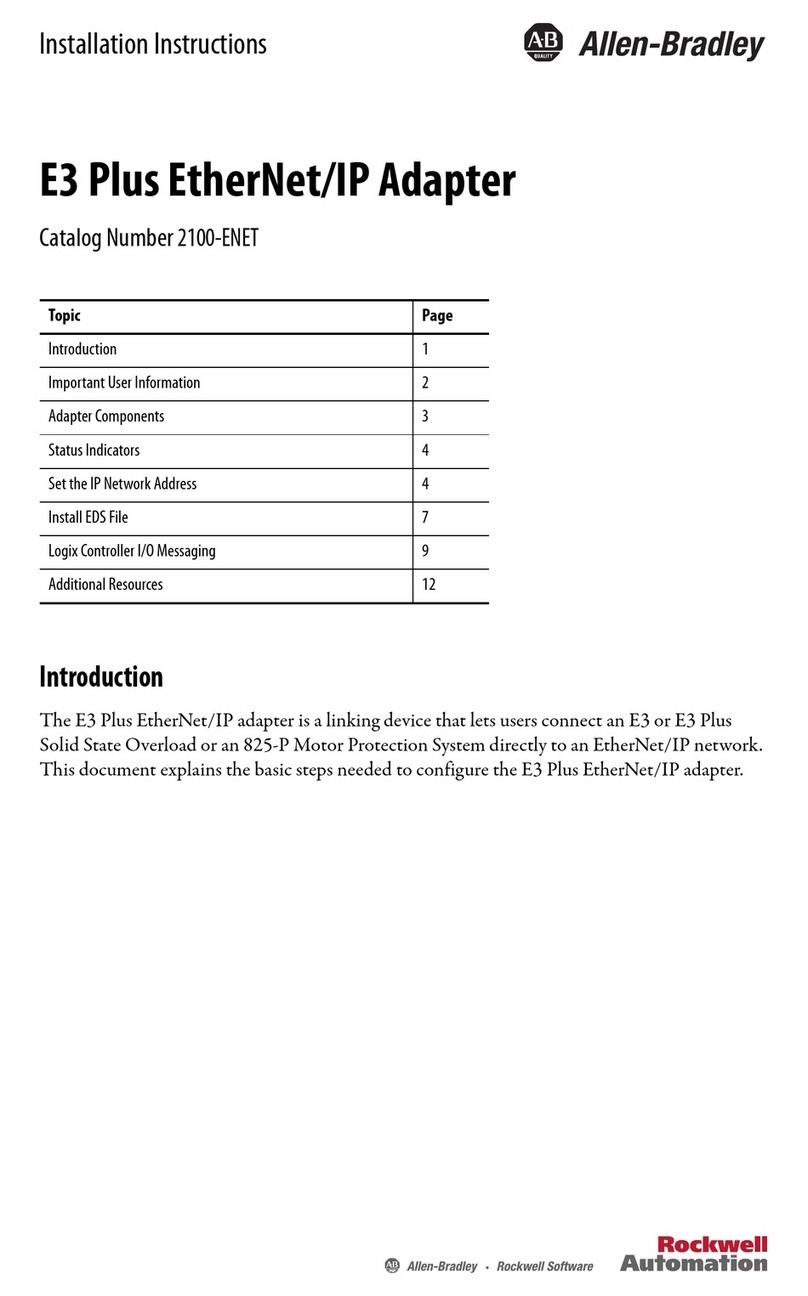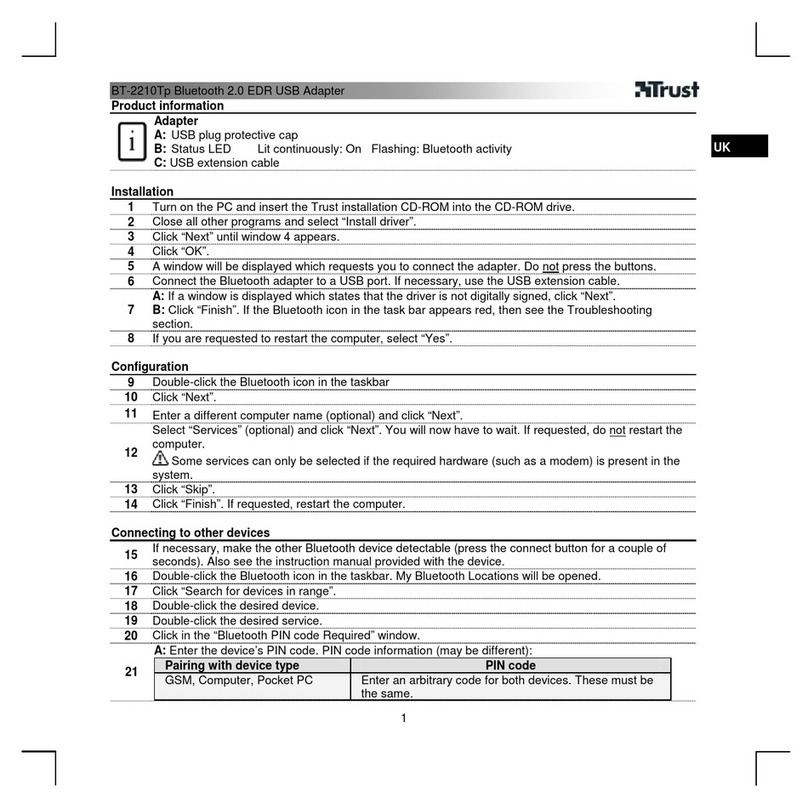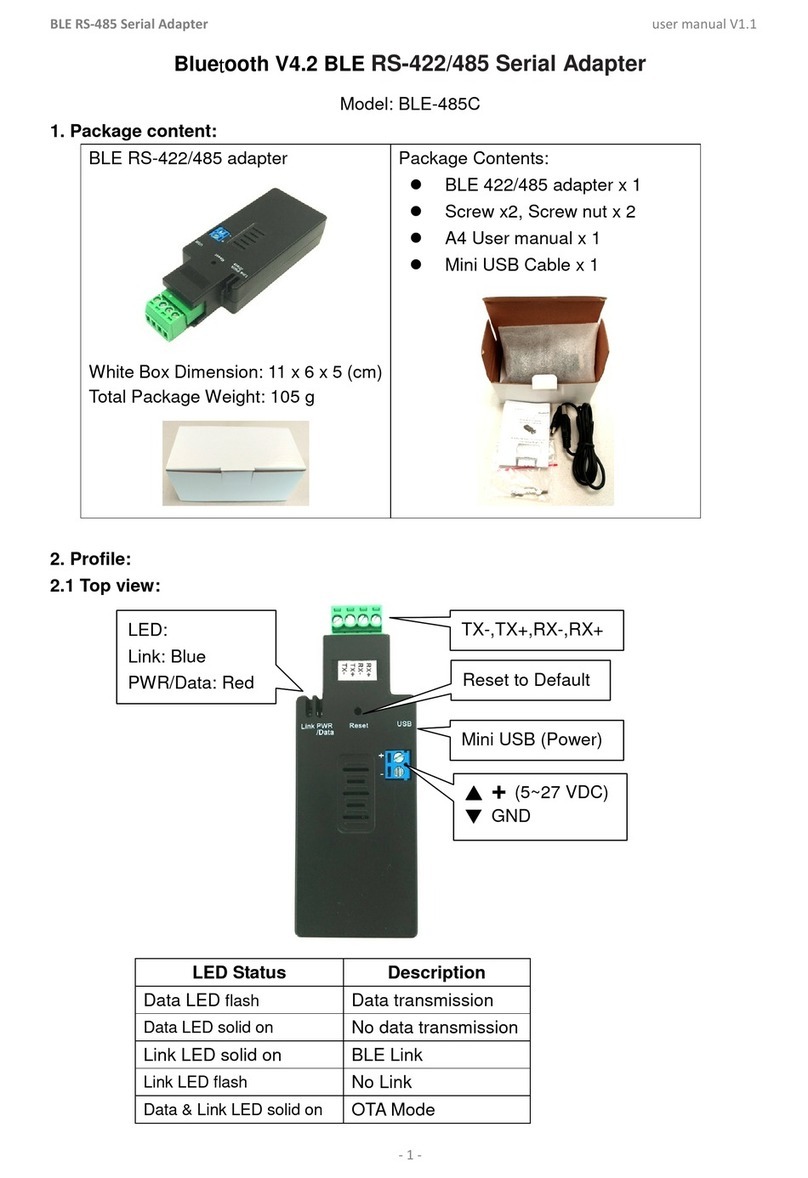Contents
1. Important Note ..........................................................................................................................5
1.1. Safety Instruction...................................................................................................................6
1.1.1. Symbols...............................................................................................................................6
1.1.2. Safety Notes........................................................................................................................6
1.1.3. Certification.........................................................................................................................6
2. Specification..............................................................................................................................7
2.1. Interface..................................................................................................................................7
2.1.1. RIO3-MBRL..........................................................................................................................7
2.2. Specification...........................................................................................................................8
2.2.1. General Specification..........................................................................................................8
2.2.2. Interface Specification........................................................................................................9
2.3. LED Indicator........................................................................................................................10
2.3.1 MOD (Module Status LED).................................................................................................10
2.3.2 RXD (Receive Data LED)....................................................................................................10
2.3.3 TXD (Transmit Data LED)...................................................................................................10
2.3.4 IOS LED (Extension Module Status LED).........................................................................10
3. Dimension ...............................................................................................................................11
3.1. RIO3-MBRL...........................................................................................................................11
4. Mechanical Set Up ..................................................................................................................12
4.1. Total Expansion ...................................................................................................................12
4.2. Plugging and Removal of the Components .......................................................................12
5. MODBUS Electrical Interface .................................................................................................12
5.1. G-Bus System ......................................................................................................................14
5.3. RIO3-MBRL Electrical Interface...........................................................................................16
5.3.1. RJ-45 Socket .....................................................................................................................16
5.3.2. MODBUS Dip Switch Setup..............................................................................................16
5.3.3. Process Image Map...........................................................................................................17
5.3.4. MODBUS Interface Register/Bit Map ...............................................................................17
5.4. Example................................................................................................................................18
5.4.1. Example of Input Process Image (Input Register) Map..................................................18
5.4.2. Example of Output Process Image (Output Register) Map ............................................19
6. MODBUS TCP/UDP INTERFACE............................................................................................20
6.1 MODBUS TCP/ UDP Protocol...............................................................................................20
